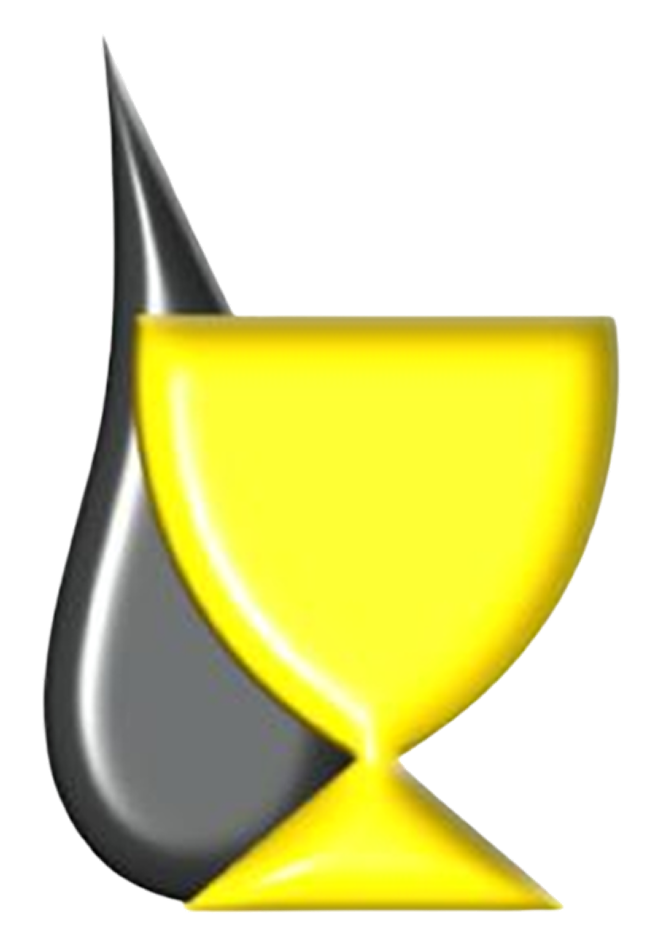Software
ReservoirGrail is a Proprietary, Proven Technology That Models and Simulates Mature Assets to Quantify the Amount and Location of Remaining Hydrocarbons
Very few waterflood properties have been simulated or modeled
ReservoirGrail gives your company a large competitive advantage
Employs “Agent-Based Modeling” to simulate the migration of reservoir fluids through time
Requires less data input and resources, yet delivers similar output to other simulators faster¹
Recognized as one of the “6 Best Reservoir Simulation Tools”²
(1) Less than 1% global error when compared to conventional simulator (Rice University Computational and Applied Mathematics; Modeling of Porous Media consortiums)
(2) Engineeringworldchannel.com
Process
-

1. Original Oil in Place w/ Production Bubbles
Original OIP Map is calculated from a net reservoir thickness map, the original oil saturation and porosity.
Notice how the production bubbles, a common illustration for produced oil, sometimes extend outside of the net pay map.
-

2. Drainage Map For One Well
Drainage Map is generated by sending millions of “agents” from each well location into the Flowpath Map.
Flowpath Map depicts the flow characteristics of the reservoir.
Resulting Drainage Maps determine how each well communicates with the reservoir.
-

3. Remaining Oil in Place (ROIP) w/ Production Bubbles
ROIP Map locates and quantifies the remaining recoverable oil at present conditions.
From this map, development plans can be made to optimize field production.
Notice again how the production bubbles do not accurately represent where fluids were drained.
Process for Typical Workflow
| Reservoir Simulation Check-list | Conventional Simulator | ReservoirGrail Simulator |
|---|---|---|
| Structure Map | ✓ | |
| Net Pay Map | ✓ | ✓ |
| Fluid Contacts | ✓ | |
| Permeability Map | ✓ | |
| Ratio of Vertical/Horiz Perm | ✓ | |
| Porosity | ✓ | ✓ |
| Connate Water Saturation | ✓ | ✓ |
| Relative Permeability Curves | ✓ | |
| PVT Properties Table (Bo, Bg, Rs, vis-o, vis-g) | ✓ | |
| PVT Constants (Bo, Bg, Rs) | ✓ | |
| Specific Gravity | ✓ | |
| Production and Injection Volumes | ✓ | ✓ |
| Completion and Well Event History | ✓ | |
| Well Coordinates and Trajectory | ✓ | ✓ |
| Reservoir Pressure History | ✓ |
ReservoirGrail Inputs/Outputs
*The items not checked under the ReservoirGrail Simulator column are not required to build a reliable and high-quality model. However, if available, they can be incorporated to further enhance the interpretation and add depth to the analysis.
Results
ReservoirGrail was 10x faster and less expensive
Outputs almost identical


